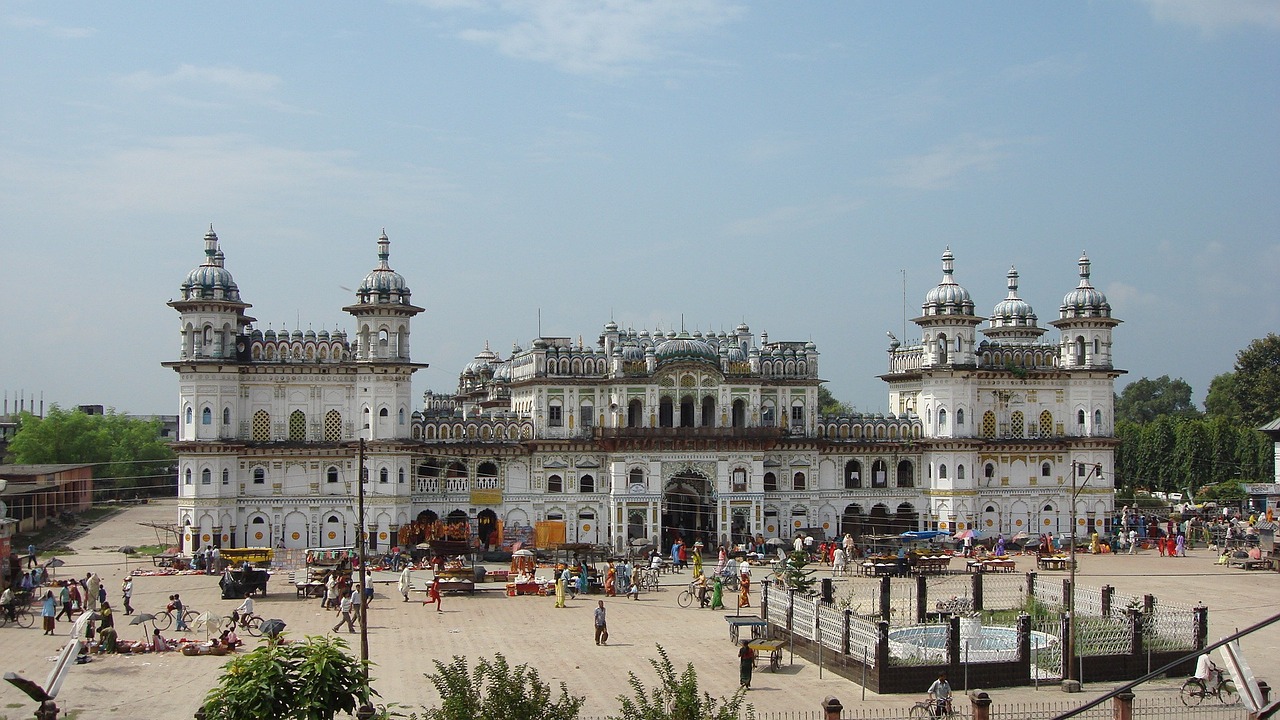Language and Communication: Overcoming Barriers in Nepal
Nepal, a diverse and culturally rich country nestled in the Himalayas, faces unique challenges when it comes to language and communication. With over 123 languages spoken throughout the country, Nepal’s linguistic landscape is incredibly diverse. This article will explore the importance of language and communication in Nepal and discuss efforts to overcome barriers that arise due to this diversity.
The Importance of Language in Nepal
Language plays a crucial role in Nepal’s society, culture, and governance. Nepali, the official language of the country, serves as a unifying force among the diverse ethnic groups and facilitates communication at the national level. However, it is essential to recognize and preserve the numerous regional languages spoken in Nepal to ensure inclusivity, cultural preservation, and effective communication.
- Promotion of Multilingual Education: To address language barriers in education, Nepal has implemented policies promoting the use of regional languages as a medium of instruction alongside Nepali. This approach aims to enhance learning outcomes and preserve linguistic diversity.
- Preservation of Indigenous Languages: Efforts are being made to document and revitalize endangered indigenous languages in Nepal. Organizations and scholars work collaboratively with local communities to preserve linguistic heritage through language documentation, education, and cultural events.
- Language Planning and Policy: Nepal has established language planning and policy frameworks to ensure the inclusion of regional languages in government services, media, and public institutions. This approach promotes linguistic diversity and empowers communities to express themselves in their native languages.
Challenges in Communication
Despite the rich linguistic diversity, language barriers pose challenges to effective communication in Nepal. These barriers can hinder access to education, healthcare, legal services, and economic opportunities. Recognizing and addressing these challenges is vital for achieving social cohesion and development.
- Interpretation and Translation Services: The availability of professional interpretation and translation services in various languages is crucial to bridge communication gaps. These services are particularly essential in sectors such as healthcare, legal proceedings, and tourism.
- Access to Education: Limited resources and infrastructure in remote areas make it challenging for children to receive quality education in their mother tongues. Efforts are being made to improve access to education and develop teaching materials in regional languages.
- Technology and Digital Divide: The digital divide in Nepal presents a challenge for inclusive communication. Access to technology, internet connectivity, and digital literacy are essential to overcome language barriers in the digital era.
Efforts to Overcome Language Barriers
Nepal has undertaken various initiatives to overcome language barriers and promote effective communication across diverse communities.
- Community Language Centers: Community language centers serve as hubs for language learning, cultural exchange, and multilingual education. These centers provide resources and support for individuals to learn and preserve their native languages.
- Language Awareness Programs: Awareness programs are conducted to promote understanding, tolerance, and respect for different languages and cultures. These programs aim to foster a sense of inclusivity and encourage multilingualism as a valuable asset.
- Language Technology Development: Research and development in language technology, such as speech recognition and machine translation, can play a crucial role in breaking down language barriers. These advancements facilitate communication and improve access to information across languages.
Nepal Image 1:

Language and Communication in Tourism
The tourism industry in Nepal heavily relies on effective language and communication practices to cater to a diverse range of visitors from around the world. Clear communication is crucial for providing quality services and ensuring a positive experience for tourists.
- Multilingual Guides and Signage: Tourist destinations in Nepal often provide multilingual guides and signage to accommodate visitors who may not be fluent in Nepali. This practice enhances accessibility and ensures that tourists can fully understand and appreciate the cultural and natural heritage of Nepal.
- Language Training for Tourism Professionals: Language training programs are available for tourism professionals to enhance their communication skills in multiple languages. This enables them to engage with tourists effectively and provide personalized services.
- Translators and Interpreters: Professional translators and interpreters play a vital role in facilitating communication between tourists and locals. Their expertise ensures accurate and culturally sensitive communication, fostering positive interactions and cultural exchange.
Nepal Image 2:

Language and Communication in Healthcare
Language barriers can significantly impact healthcare access and outcomes. Nepal has recognized the importance of effective communication in the healthcare sector and is taking steps to address language-related challenges.
- Medical Interpreters: Trained medical interpreters assist healthcare professionals in communicating with patients who do not speak the same language. This ensures accurate understanding of symptoms, medical history, and treatment options, leading to improved healthcare outcomes.
- Translated Healthcare Materials: Translated healthcare materials, including brochures, pamphlets, and consent forms, are essential for providing information to patients in their preferred language. These materials enable patients to make informed decisions about their health and well-being.
- Cultural Sensitivity Training: Healthcare professionals receive training on cultural sensitivity to better understand and respect the beliefs, practices, and preferences of patients from diverse linguistic and cultural backgrounds.
Language and Communication in Business
In the business sector, effective language and communication strategies are vital for successful international collaborations, trade, and economic growth.
- Language Training for Business Professionals: Business professionals in Nepal are encouraged to develop language skills to effectively communicate with international partners and clients. Language training programs equip them with the necessary language proficiency and cultural understanding.
- Translation and Localization Services: Businesses often utilize professional translation and localization services to adapt their marketing materials, websites, and product information into different languages. This enables them to reach a broader audience and expand their market presence.
- Cross-Cultural Communication: Understanding cultural nuances and communication styles is crucial for successful business interactions. Cross-cultural communication training helps business professionals navigate diverse cultural contexts and build strong relationships.
Nepal Image 3:

Conclusion
Language and communication play a pivotal role in Nepal’s diverse society. While language barriers present challenges, Nepal is actively working towards overcoming them through inclusive policies, technological advancements, and community initiatives. By embracing linguistic diversity and promoting effective communication, Nepal strives to create a more inclusive and harmonious society.
References
- Nepal Academy of Language Studies – https://nals.org.np
- Central Bureau of Statistics Nepal – https://cbs.gov.np
- UNESCO Nepal – http://www.unesco.org.np
- Ministry of Education, Science, and Technology Nepal – http://www.moest.gov.np
- World Health Organization Nepal – https://www.who.int/nepal
- Nepal Tourism Board – https://www.welcomenepal.com
- Nepal Chamber of Commerce – https://www.nepalchamber.org


